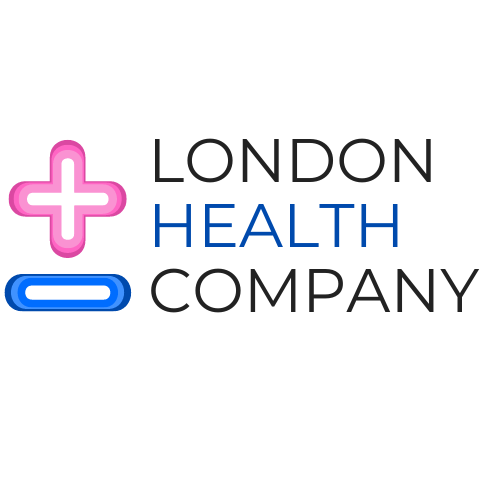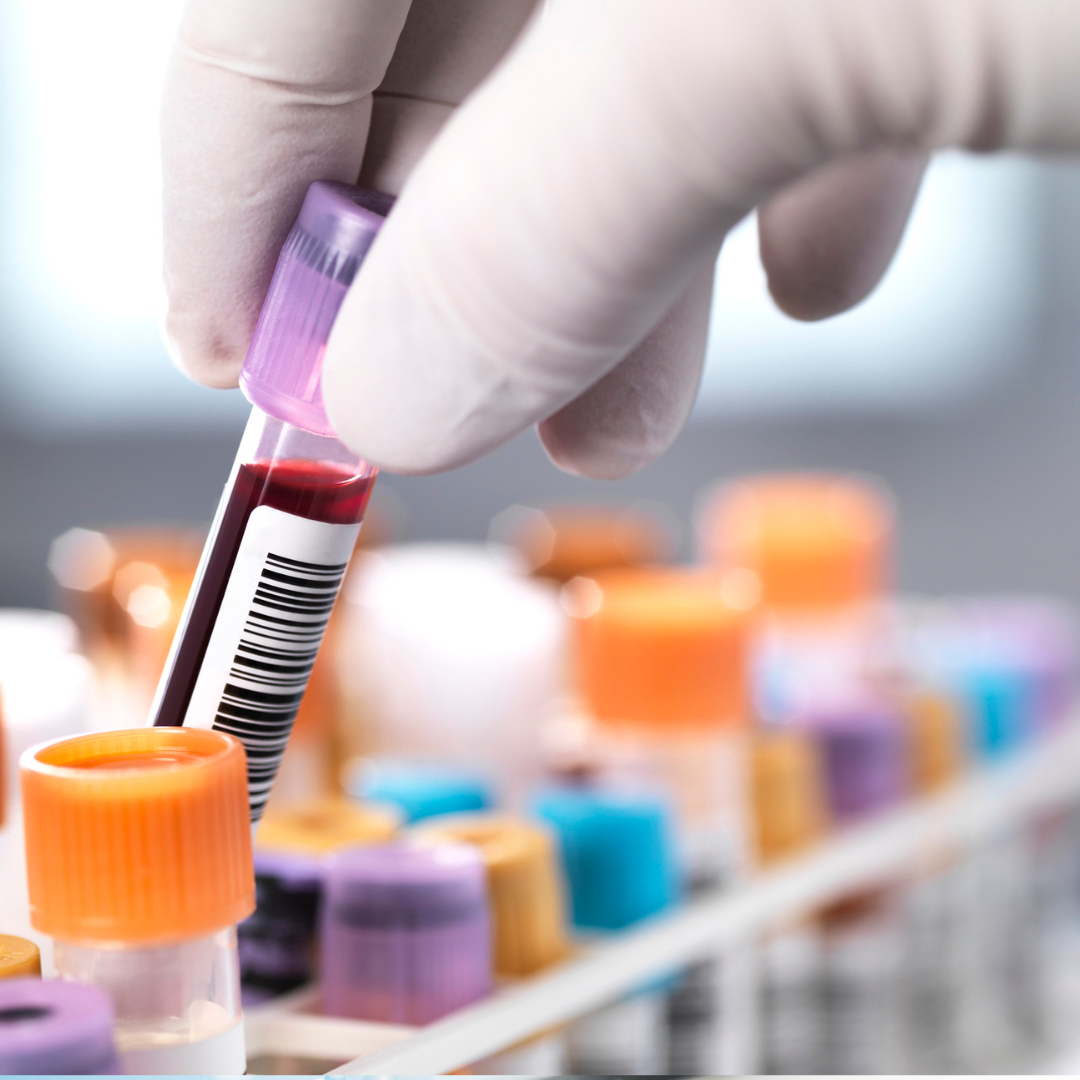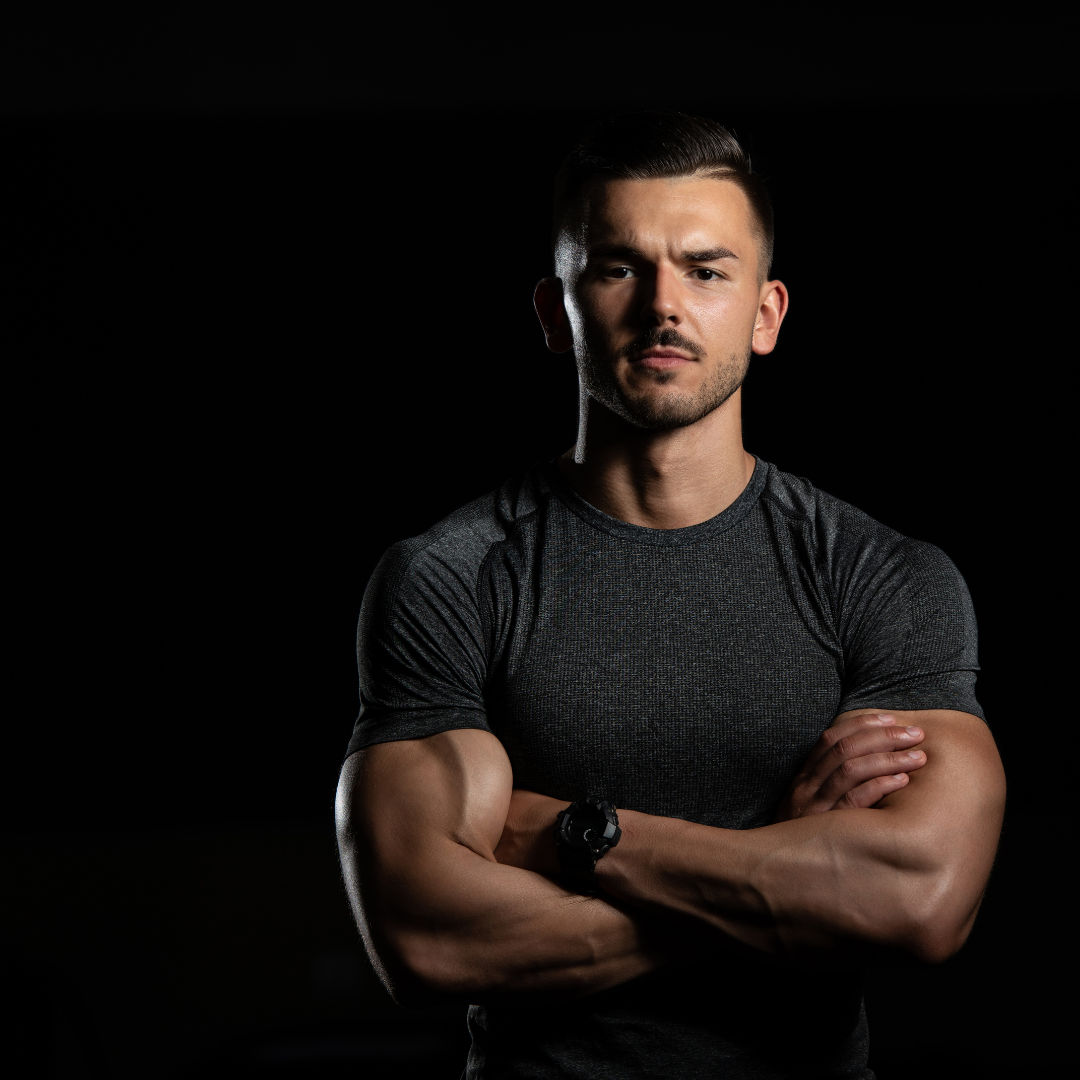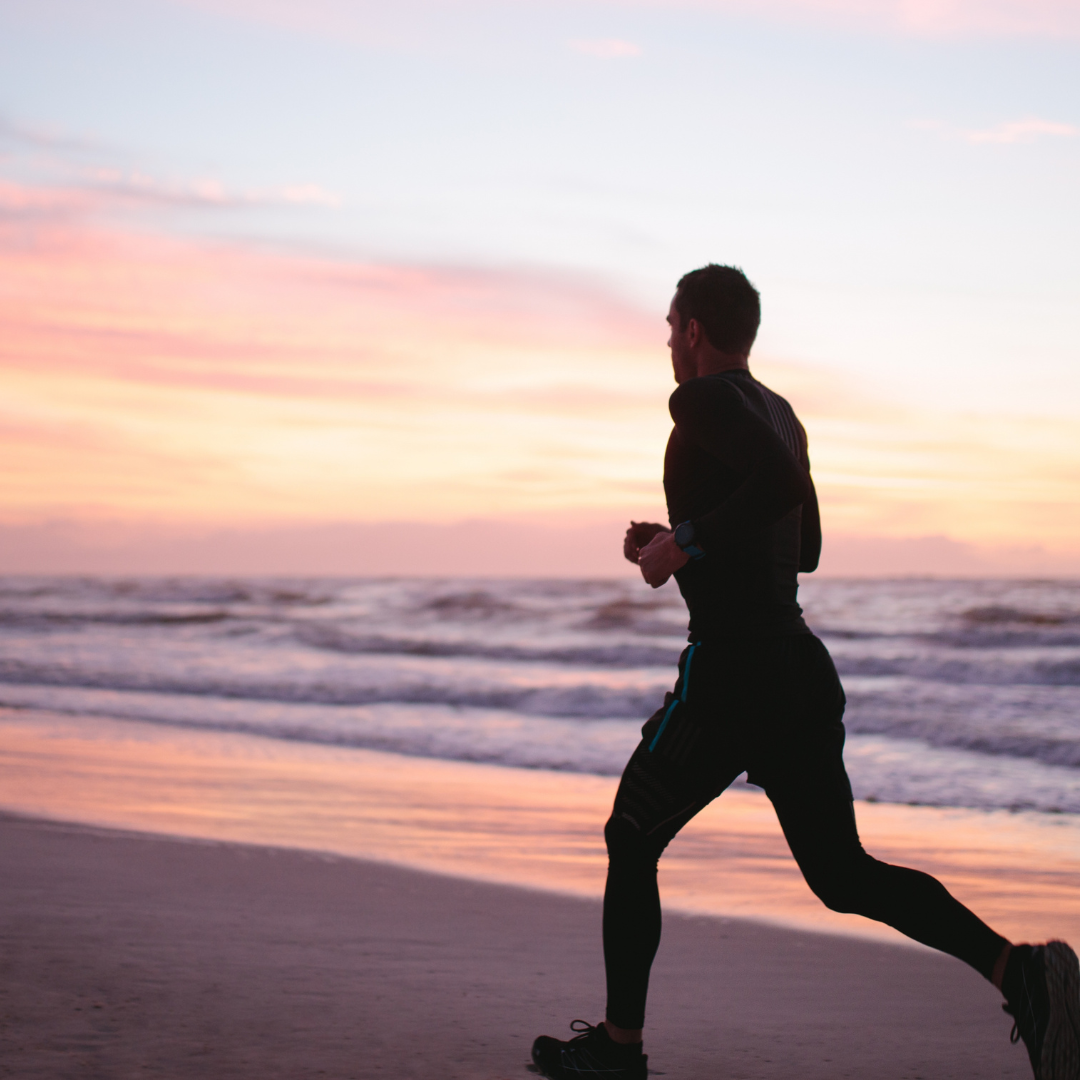When you're pushing your body to the limit—whether in the ring or during a tough workout—what you do between sets can make all the difference. A recent study published in Scientific Reports (Nature.com) investigates how different recovery techniques affect performance in elite-level athletes, specifically Mixed Martial Arts (MMA) fighters. The researchers looked at whether ice massage, dry (manual) massage, or passive rest helps fighters bounce back quicker between intense bouts of activity.
The findings are surprising—and useful for anyone trying to optimize their fitness routine.
The Research Setup
The study involved 30 male MMA fighters, all well-trained and familiar with high-intensity physical demands. Each athlete performed a series of repeated plyometric jumps to fatigue, simulating the explosive activity often required in both combat sports and advanced workout routines.
Between sets, each participant received one of three types of recovery interventions for just 1 minute:
-
Ice Massage – Rapid cooling applied with ice in a circular motion over the muscle.
-
Dry Massage – A manual massage technique using firm, fast, repetitive strokes.
-
Passive Rest – Simply sitting and doing nothing (the control condition).
Researchers tracked changes in:
-
Muscle tone and elasticity
-
Stiffness
-
Pressure pain threshold (PPT)
-
Performance (number of jumps completed after each break)
What Did They Find?
🔹 Dry Massage: The MVP of Muscle Recovery
-
Fighters who received dry massage maintained more consistent performance, meaning they could keep jumping explosively even after several sets.
-
Muscle stiffness and tone were better regulated, reducing the risk of early fatigue or injury.
-
This technique preserved muscle elasticity, which is crucial for dynamic movements like jumping, kicking, or sprinting.
🔹 Ice Massage: Best for Pain Relief
-
While not as effective as dry massage in preserving explosive performance, ice massage significantly improved pain tolerance.
-
It raised the pressure pain threshold, meaning muscles felt less sore and more resilient after intense work.
-
For athletes dealing with inflammation or soreness during training, this method can help manage discomfort and continue exercising.
🔹 Passive Rest: The Weakest Link
-
Fighters who just sat still between sets performed the worst.
-
Their muscles became stiffer, less elastic, and more painful to the touch.
-
This reinforces what many trainers already believe: doing nothing might feel like rest, but it’s not always helpful for real recovery.
What This Means for You
Whether you're training for a fight, lifting heavy at the gym, or running intervals at the track, these findings can help you improve your recovery game.
-
Use dry massage for performance: A quick self-massage or help from a coach or partner between sets can keep your muscles loose and responsive.
-
Try ice massage for pain: If you're feeling the burn or managing soreness mid-session, applying ice briefly can increase your comfort without sacrificing too much performance.
-
Skip the stillness: Resting passively may feel good, but it's the least effective method for staying sharp between rounds or reps.
The Takeaway
This study gives scientific backing to something elite athletes have long suspected: not all rest is equal. Quick, targeted interventions—like dry or ice massage—can enhance performance and reduce fatigue, even with just a minute of application. For anyone serious about getting the most out of their workouts or training sessions, this research is a game-changer.




